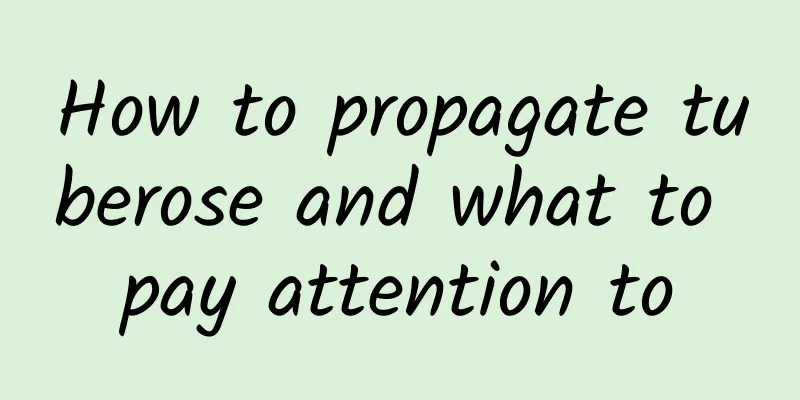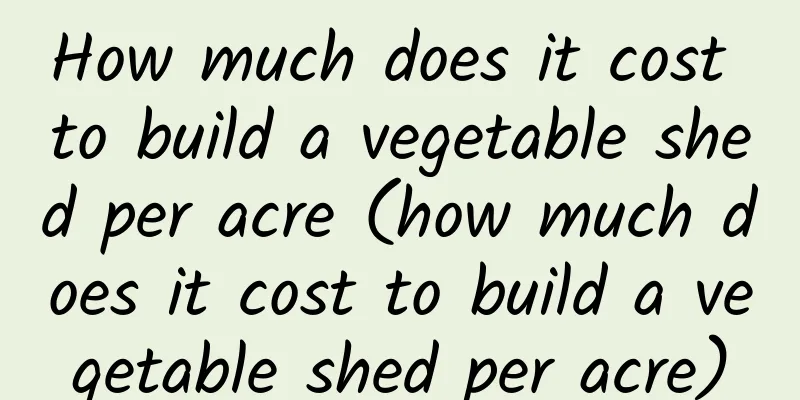Add some ingredients to the bottom of the succulent pot, so you don’t have to die in the summer

1. Clay clay at the bottom of the succulent potThe first thing to talk about is the expanded clay that everyone is familiar with. Large particles of expanded clay placed at the bottom of the pot can not only prevent black rot of succulents, but also allow water and air to pass through, preventing the roots of plants from rotting. 2. Pad the bottom of the succulent pot with medical stoneMedical stone is a natural silicate mineral that contains a variety of trace elements and rare earth elements. If you put some of it at the bottom of the pot when planting succulents, it can make the succulent plants grow strong and vigorously, and the roots are not prone to rot. Medical stone can be used together with succulents when repotting. 1. When repotting succulents, changing the soil is the key. You can first add a layer of expanded clay at the bottom of the pot, and then mix peat soil, medical stone and perlite in a ratio of 4:5:1 as nutrient soil. During the mixing process, you can add a few grains of slow-release fertilizer and then stir evenly. 2. Do not water the succulent plants within 1-2 weeks before repotting. When repotting, it is best to use tweezers to pick out succulents. It is easy to damage the succulents with your hands, causing the leaves to fall off. 3. After pulling out the succulents, peel off all the soil, then clean the root system and remove the old roots. 4. Gently pinch the head of the succulent with your hands, clamp the succulent with tweezers, and insert the roots into the soil. 3. Pine needle pad at the bottom of the succulent potPine needle soil is also a good fertilizer for growing succulents. It is not only loose and breathable, but also rich in nutrients because it has been buried under the pine trees for such a long time. 4. Cinder pad at the bottom of the succulent potIf you don't want to buy expanded clay, coal slag is actually a very good permeable material. The most common homemade soil is a mixture of garden soil, sand and coal slag. Crush the burnt coal slag and place it directly at the bottom of the flowerpot. Then mix equal amounts of garden soil and sand and gravel in a 1:1 ratio and it can be used. 5. Put loofah pulp on the bottom of the succulent potWhen the loofah is ripe, it is placed in the sun to dry and then the skin is removed. The remaining filaments inside are the loofah pulp. The sponge of loofah has good air permeability and drainage. After crushing it into small pieces, it is perfect to put it at the bottom of the succulent pot. 6. Add carbendazim to the succulent potCarbendazim has the effect of killing bacteria and disinfecting. When the weather is hot in summer, the roots of succulents are prone to breed bacteria, leading to the occurrence of black rot. At this time, carbendazim is needed for sterilization and disinfection. 1. When we are cutting succulents, wounds will appear. You can apply carbendazim powder directly on the wounds, and then place them in a cool and ventilated place to wait for the wounds to heal. 2. You can also mix it into the soil when repotting succulents. This will prevent the succulents from being invaded by bacteria when they are potted. 7. Add granular slow-release fertilizer to the succulent potSucculents are basically very small and require very little soil. If you are not careful when fertilizing them, they will grow fat and burn the roots. Therefore, when fertilizing succulents, it is best to use special slow-release fertilizers, which release nutrients slowly and do not worry about burning the roots. 8. Add bone meal to the succulent potBone meal contains a large amount of phosphorus. Mixing some bone meal into the soil at the bottom of the pot can promote the rooting of succulents, make them develop well, and improve their drought and cold resistance. About the introduction of meat, That’s all for today’s introduction. Dear flower lovers, If you know what else can be added to the flower pots, Leave a message and tell Huahua now! |
<<: Cutting propagation method of Pinnatifida
>>: Just pick a branch and stick it in the soil and it will grow, even in hot weather!
Recommend
How to raise a succulent Chihuahua
1. Breeding environment 1. Soil: When breeding, y...
Can jackfruit trees be planted in the north?
Can jackfruit trees be grown in the north? Jackfr...
How to grow potted cinnamon? Cinnamon tree potted maintenance method
Cinnamon potted cultivation method 1. Potting soi...
Where is Niu Dali suitable for planting?
Niu Dali Planting Place Rhizoma Dioscoreae is a d...
How to prune Begonia and when to prune it
1. How to trim 1. After the Begonia is just plant...
The efficacy and function of citron
1. Expectorant Citron tastes spicy and has the ef...
Cultivation methods and precautions of golden osmanthus
1. Breeding methods 1. Water: When watering the g...
Cultivation methods and precautions of ground dandelion
1. Maintenance methods 1. Soil: When growing grou...
The Difference Between Abelmoschus Altissima and Okra
1. Differences in plants The height of hibiscus i...
How to water the bird of paradise
Watering Tips for Bird of Paradise Bird of Paradi...
How to propagate Aspidistra and what to pay attention to
How to reproduce There are usually two methods of...
How to propagate Australian fir
Seed propagation opportunity When propagating Aus...
The jasmine has been able to live for 10 years thanks to this sentence. I don’t know what a big loss it is!
Succulents and tiger skin orchids: water thorough...
How to water avocados and how often to water them
1. Watering in spring and autumn Avocado grows in...
Hydrangea cultivation methods and precautions
1. Soil Growing hydrangeas requires soil with hig...









